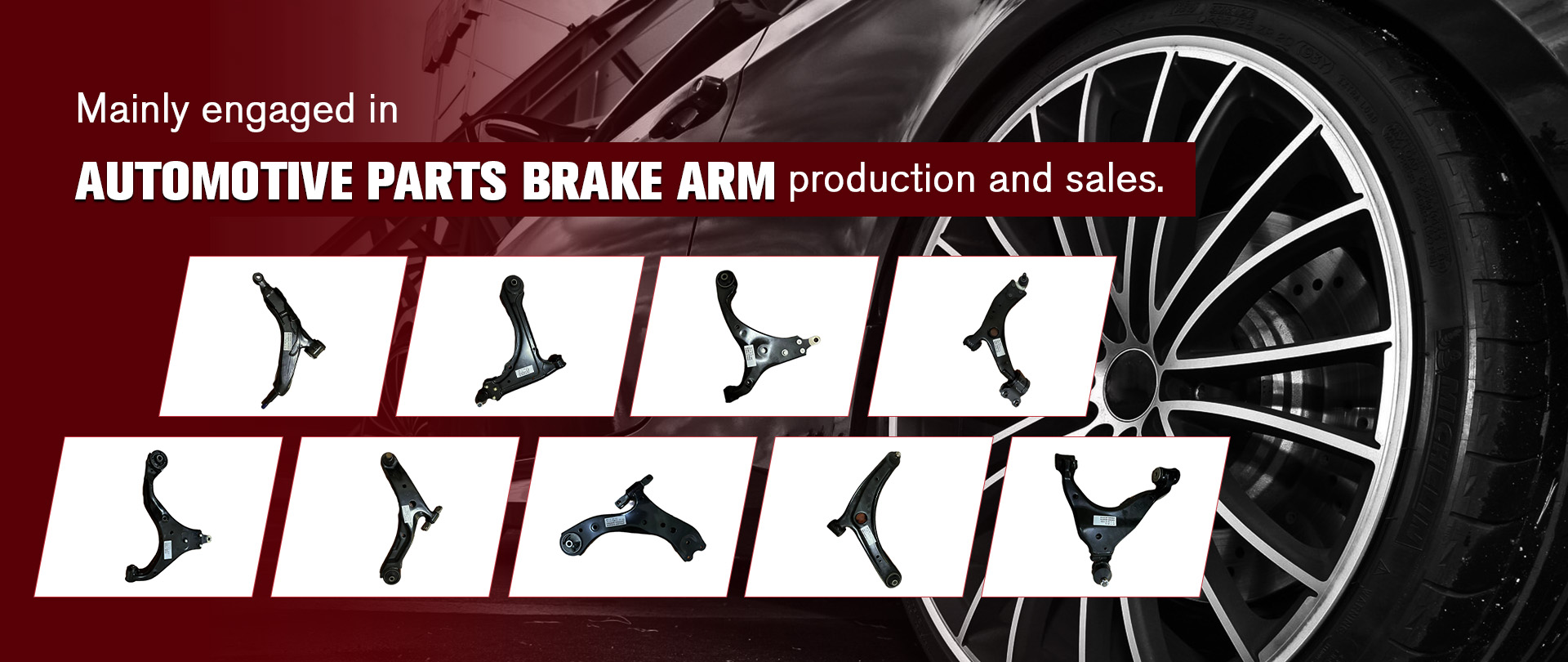
-
 Afrikaans
Afrikaans -
 Albanian
Albanian -
 Amharic
Amharic -
 Arabic
Arabic -
 Armenian
Armenian -
 Azerbaijani
Azerbaijani -
 Basque
Basque -
 Belarusian
Belarusian -
 Bengali
Bengali -
 Bosnian
Bosnian -
 Bulgarian
Bulgarian -
 Catalan
Catalan -
 Cebuano
Cebuano -
 Corsican
Corsican -
 Croatian
Croatian -
 Czech
Czech -
 Danish
Danish -
 Dutch
Dutch -
 English
English -
 Esperanto
Esperanto -
 Estonian
Estonian -
 Finnish
Finnish -
 French
French -
 Frisian
Frisian -
 Galician
Galician -
 Georgian
Georgian -
 German
German -
 Greek
Greek -
 Gujarati
Gujarati -
 Haitian Creole
Haitian Creole -
 hausa
hausa -
 hawaiian
hawaiian -
 Hebrew
Hebrew -
 Hindi
Hindi -
 Miao
Miao -
 Hungarian
Hungarian -
 Icelandic
Icelandic -
 igbo
igbo -
 Indonesian
Indonesian -
 irish
irish -
 Italian
Italian -
 Japanese
Japanese -
 Javanese
Javanese -
 Kannada
Kannada -
 kazakh
kazakh -
 Khmer
Khmer -
 Rwandese
Rwandese -
 Korean
Korean -
 Kurdish
Kurdish -
 Kyrgyz
Kyrgyz -
 Lao
Lao -
 Latin
Latin -
 Latvian
Latvian -
 Lithuanian
Lithuanian -
 Luxembourgish
Luxembourgish -
 Macedonian
Macedonian -
 Malgashi
Malgashi -
 Malay
Malay -
 Malayalam
Malayalam -
 Maltese
Maltese -
 Maori
Maori -
 Marathi
Marathi -
 Mongolian
Mongolian -
 Myanmar
Myanmar -
 Nepali
Nepali -
 Norwegian
Norwegian -
 Norwegian
Norwegian -
 Occitan
Occitan -
 Pashto
Pashto -
 Persian
Persian -
 Polish
Polish -
 Portuguese
Portuguese -
 Punjabi
Punjabi -
 Romanian
Romanian -
 Russian
Russian -
 Samoan
Samoan -
 Scottish Gaelic
Scottish Gaelic -
 Serbian
Serbian -
 Sesotho
Sesotho -
 Shona
Shona -
 Sindhi
Sindhi -
 Sinhala
Sinhala -
 Slovak
Slovak -
 Slovenian
Slovenian -
 Somali
Somali -
 Spanish
Spanish -
 Sundanese
Sundanese -
 Swahili
Swahili -
 Swedish
Swedish -
 Tagalog
Tagalog -
 Tajik
Tajik -
 Tamil
Tamil -
 Tatar
Tatar -
 Telugu
Telugu -
 Thai
Thai -
 Turkish
Turkish -
 Turkmen
Turkmen -
 Ukrainian
Ukrainian -
 Urdu
Urdu -
 Uighur
Uighur -
 Uzbek
Uzbek -
 Vietnamese
Vietnamese -
 Welsh
Welsh -
 Bantu
Bantu -
 Yiddish
Yiddish -
 Yoruba
Yoruba -
 Zulu
Zulu
control arm material
Understanding Control Arm Material in Automotive Engineering
The control arm is a critical component in an automobile's suspension system, playing a key role in maintaining vehicle stability, handling, and overall performance. It connects the chassis to the wheel hub, allowing for vertical movement of the wheel while preserving its alignment with the vehicle's body. The material used for manufacturing control arms is integral to their performance, durability, and weight.
Common Materials Used
Control arms can be manufactured from a variety of materials, each offering distinct advantages and disadvantages
. The most common materials include1. Steel Traditionally, control arms were made of steel due to its strength and affordability. Steel control arms can withstand significant stresses and are relatively easy to manufacture. However, one of the drawbacks is their weight, which can affect overall vehicle performance and fuel efficiency. Various forms of steel, such as stamped or forged steel, can be used to improve strength and fatigue resistance, providing manufacturers with options tailored to specific performance requirements.
2. Aluminum In recent years, aluminum has become a popular choice for control arm manufacturing. It is significantly lighter than steel, which can lead to improved fuel efficiency and better handling dynamics. Additionally, aluminum has good corrosion resistance, reducing the maintenance burden over time. However, aluminum control arms can be more expensive to produce and may not offer the same levels of strength as steel, necessitating a design that compensates for its limits, especially in high-performance vehicles.
3. Composite Materials Advanced automotive engineering has led to the exploration of composite materials, such as carbon fiber or fiberglass reinforced plastics. While these materials are still relatively rare in control arm applications, they offer unique advantages, including weight reduction and the potential for complex shapes that can enhance aerodynamics and performance grip. However, the high cost and difficulties in manufacturing and repair can limit their widespread adoption.
control arm material

Performance Considerations
The material used for control arms significantly influences a vehicle's handling and ride characteristics. Lighter materials like aluminum or composites can contribute to improved vehicle dynamics, as they reduce the unsprung weight—this refers to the weight of the suspension components not supported by the suspension system itself. A reduction in unsprung weight can lead to better road feel and responsiveness while enhancing ride quality.
Additionally, the stiffness and strength of the material are crucial for performance, especially in high-performance applications where control arms endure increased stress and forces. Stiffer materials can help maintain proper wheel alignment during aggressive cornering, preventing undesirable changes in camber and caster that could lead to tire wear and diminished handling performance.
Environmental Impact and Sourcing
As the automotive industry moves toward more sustainable practices, the materials used in manufacturing control arms are also scrutinized for their environmental impact. Steel is highly recyclable, which can contribute to a reduced carbon footprint when sourced responsibly. On the other hand, the production of aluminum involves significant energy consumption; however, once in use, its recyclability remains a strong point. Composite materials, though lighter and advantageous for performance, often lead to greater challenges in recycling and disposal.
Conclusion
Choosing the appropriate control arm material is a balance of performance, weight, cost, and environmental sustainability. As vehicles evolve, manufacturers are continuously seeking innovative materials that not only enhance the vehicle’s capabilities but also align with global trends towards sustainability. Understanding the properties of each material will help automotive engineers design better, safer, and more efficient vehicles for the future. The choice of control arm material is, therefore, not just a technical decision but a crucial element of overall vehicle design and performance strategy in the competitive automotive industry.







